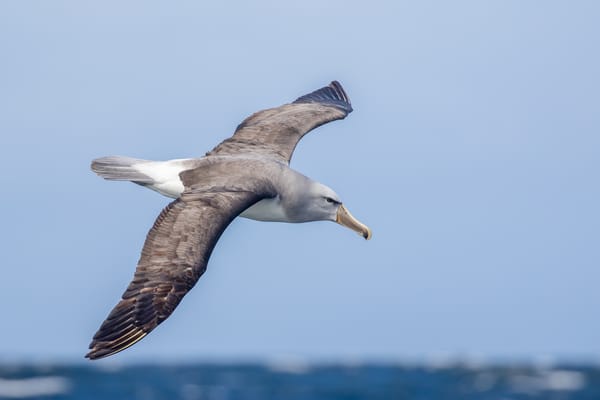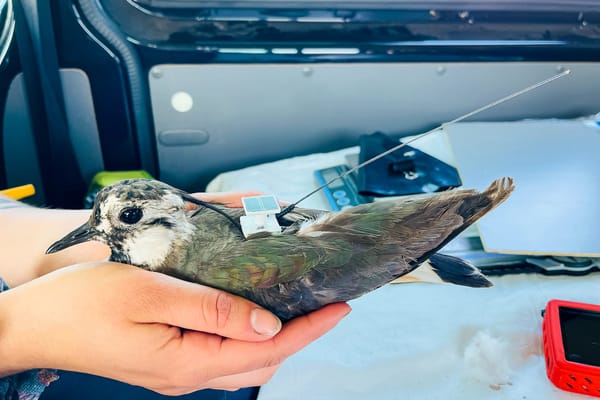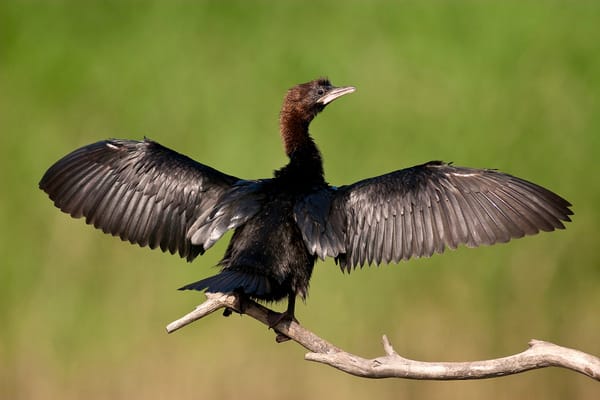
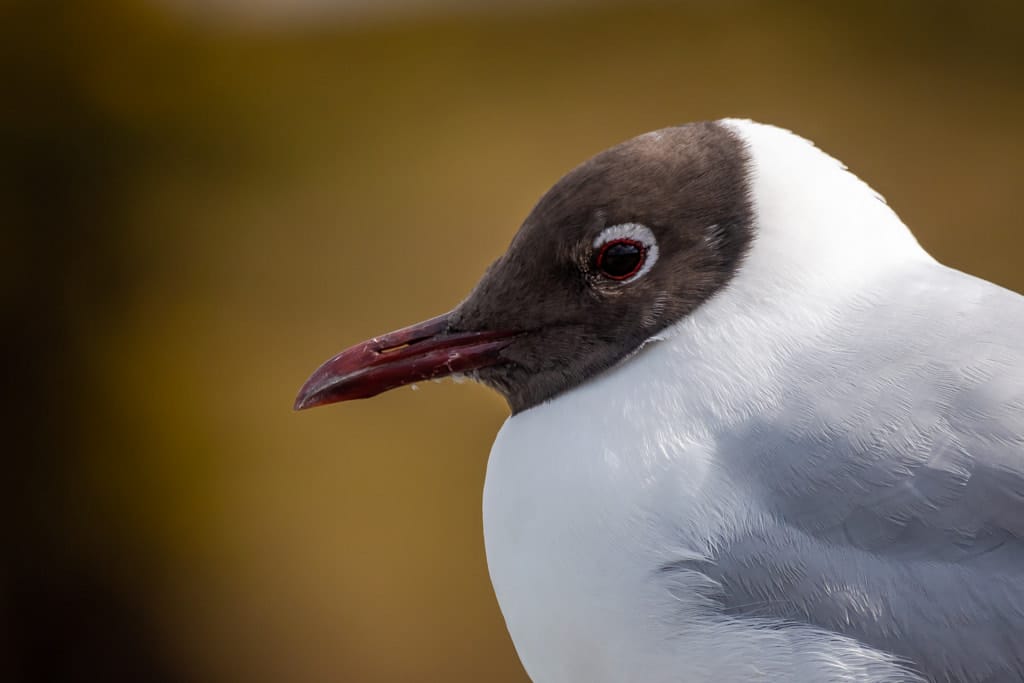
News
Stay informed with the latest bird-related headlines from around the world. The News section brings you timely updates, short communications, rediscoveries, rare sightings, policy changes, and conservation breakthroughs—curated from both scientific sources and field reports. Whether it’s a vagrant appearing far from home, a forgotten species nesting again, or an urgent threat to habitat, this is where fast-moving stories in the bird world are told.


Rare coastal hailstorm kills or injures nearly 1,900 birds in Texas
A violent hailstorm that struck the Coastal Bend of Texas on 1 November delivered a rare and devastating blow to local bird populations. Updated assessments from the Harte Research Institute indicate that nearly 1,900 birds were killed or severely injured, with Brown Pelicans making up the vast majority of the casualties. Researchers recorded approximately 1,860 affected birds, including around 1,484 Brown Pelicans. While the storm primarily hit coastal waterbirds, smaller numbers o
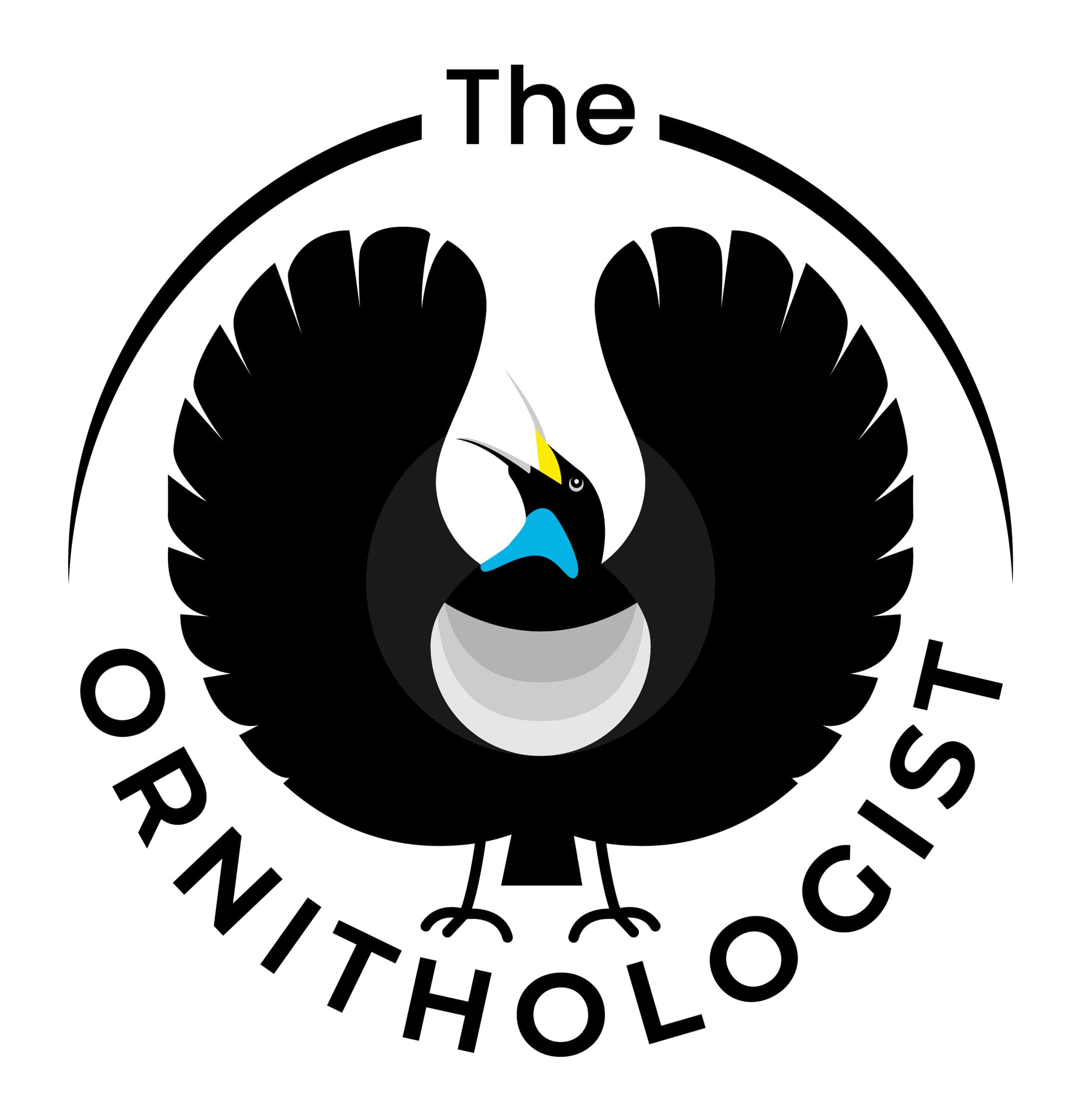
The Ornithologist
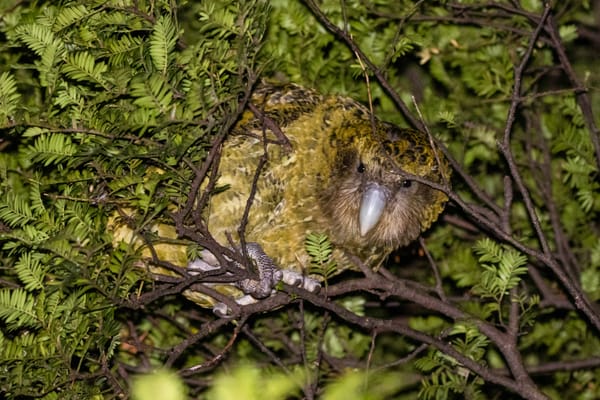
Farewell to Solstice: The Last Stewart Island Kākāpō Passes Away
Solstice, the final female kākāpō originally from Stewart Island, passed away in Dunedin after several months of treatment for cloacitis – a recurring disease that has claimed several individuals in recent years. Her death has resonated deeply among conservationists who have followed her story for nearly three decades. First discovered in 1997, Solstice was found against all odds – years after her species had been declared locally extinct on Stewart Island. At that time, the last kn
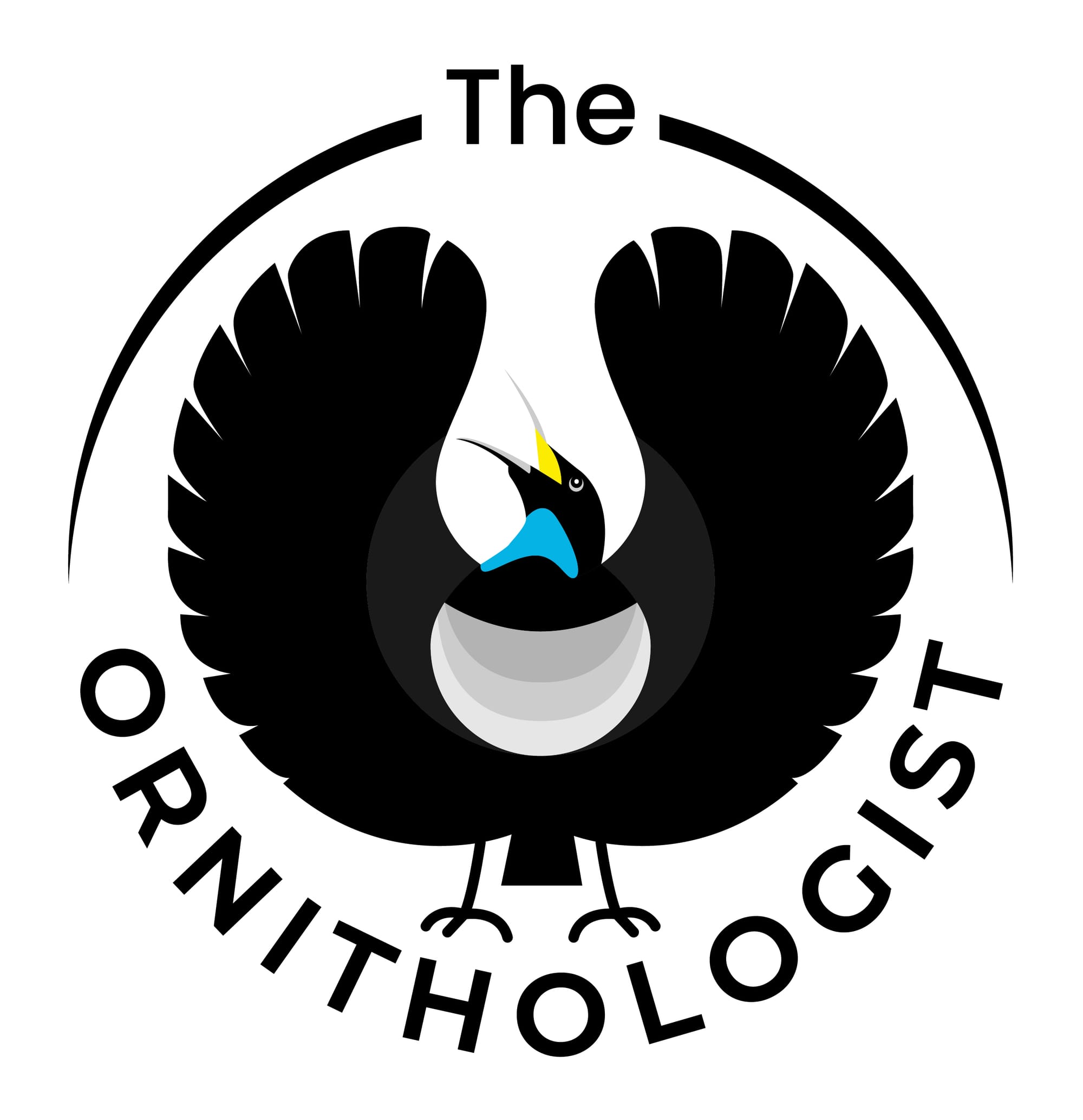
Gyorgy Szimuly
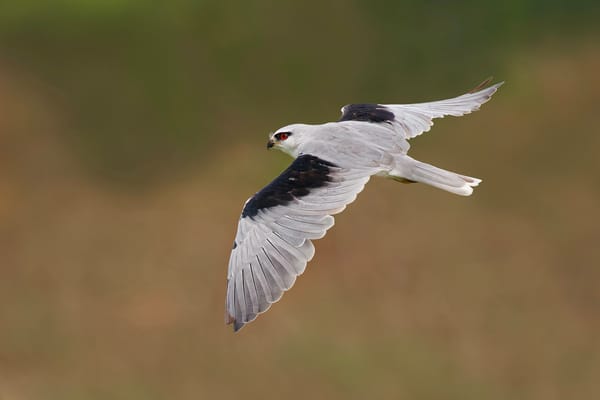
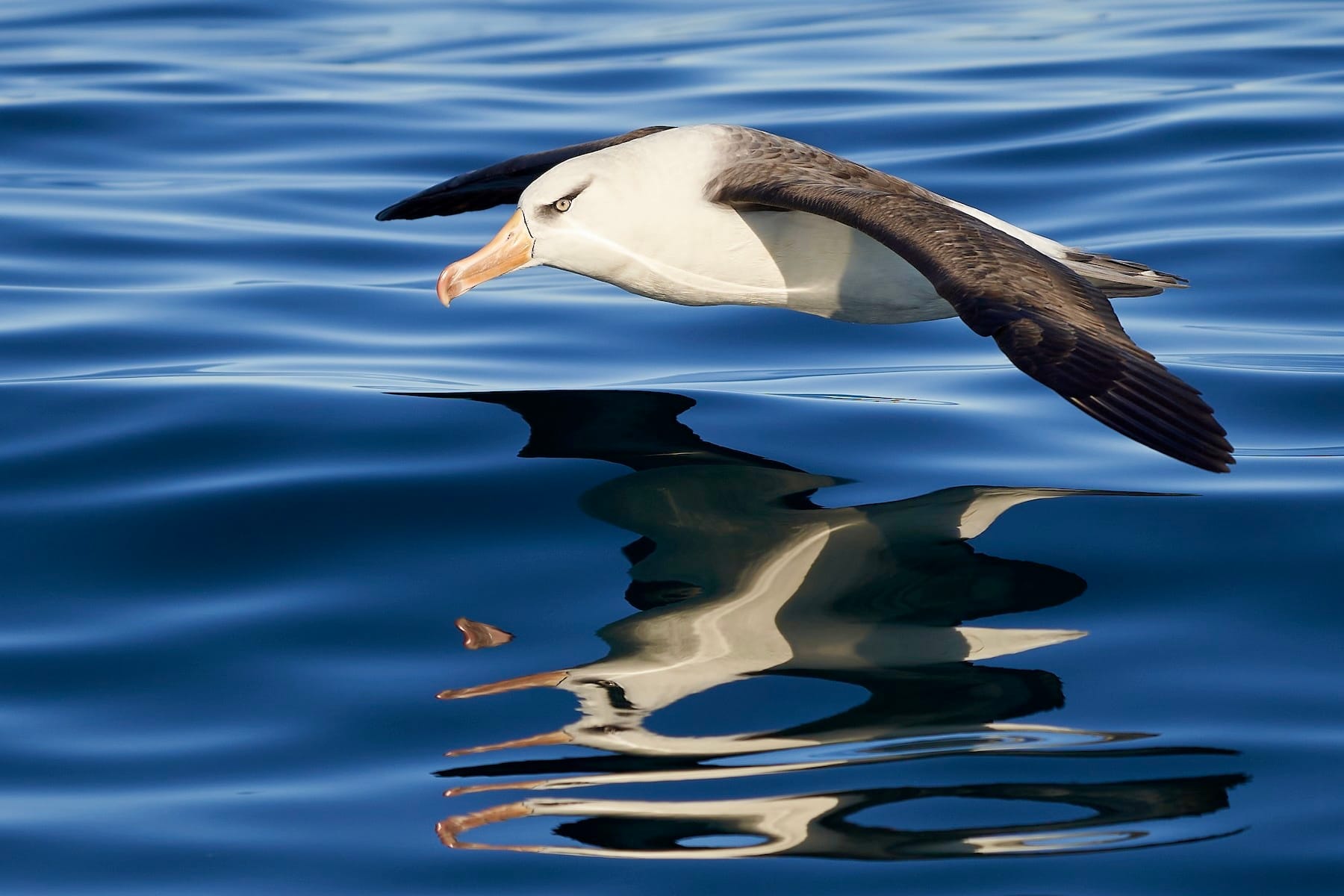
Conservation
Discover the frontline of bird conservation—from endangered species recovery and habitat protection to policy interventions and local success stories. This section highlights efforts around the globe to safeguard avian biodiversity, featuring the challenges, breakthroughs, and people shaping the future of bird conservation.
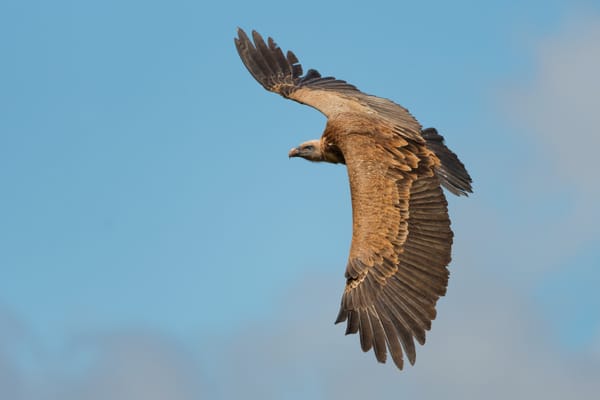
A Generation Restored: How Griffon Vultures Thrived Four Decades After Reintroduction
Four decades of monitoring show that Griffon Vultures in the Grands Causses maintain exceptionally high survival, revealing why this reintroduction became one of Europe’s most successful raptor recoveries.

Gyorgy Szimuly
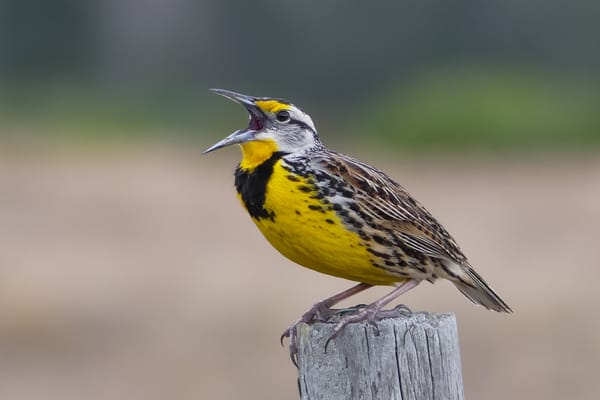
North America’s Bird Declines Reveal a Global Conservation Blind Spot
Common species are the backbone of ecosystems, yet new research shows they are declining at a scale that reshapes the conservation challenge. If familiar birds disappear, the loss will be both ecological and cultural — and it may already be happening faster than we think.

Gyorgy Szimuly
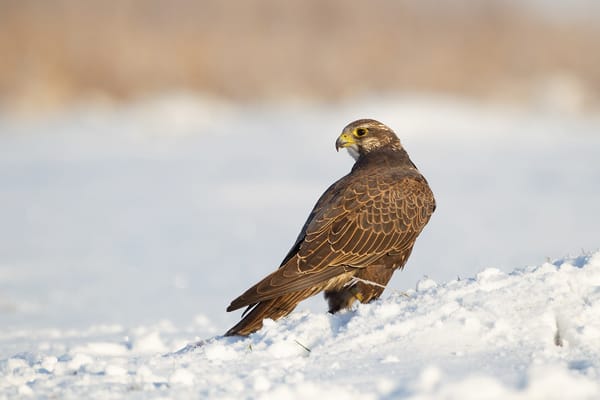
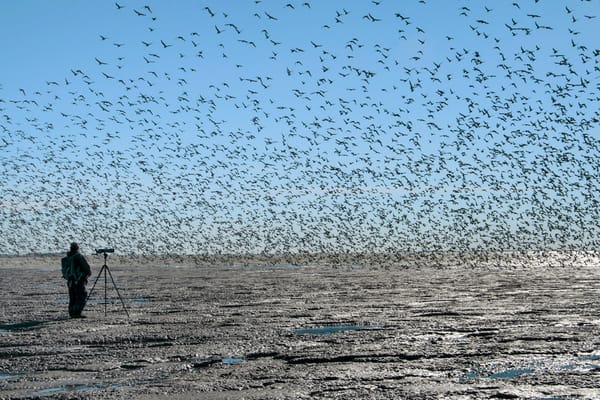
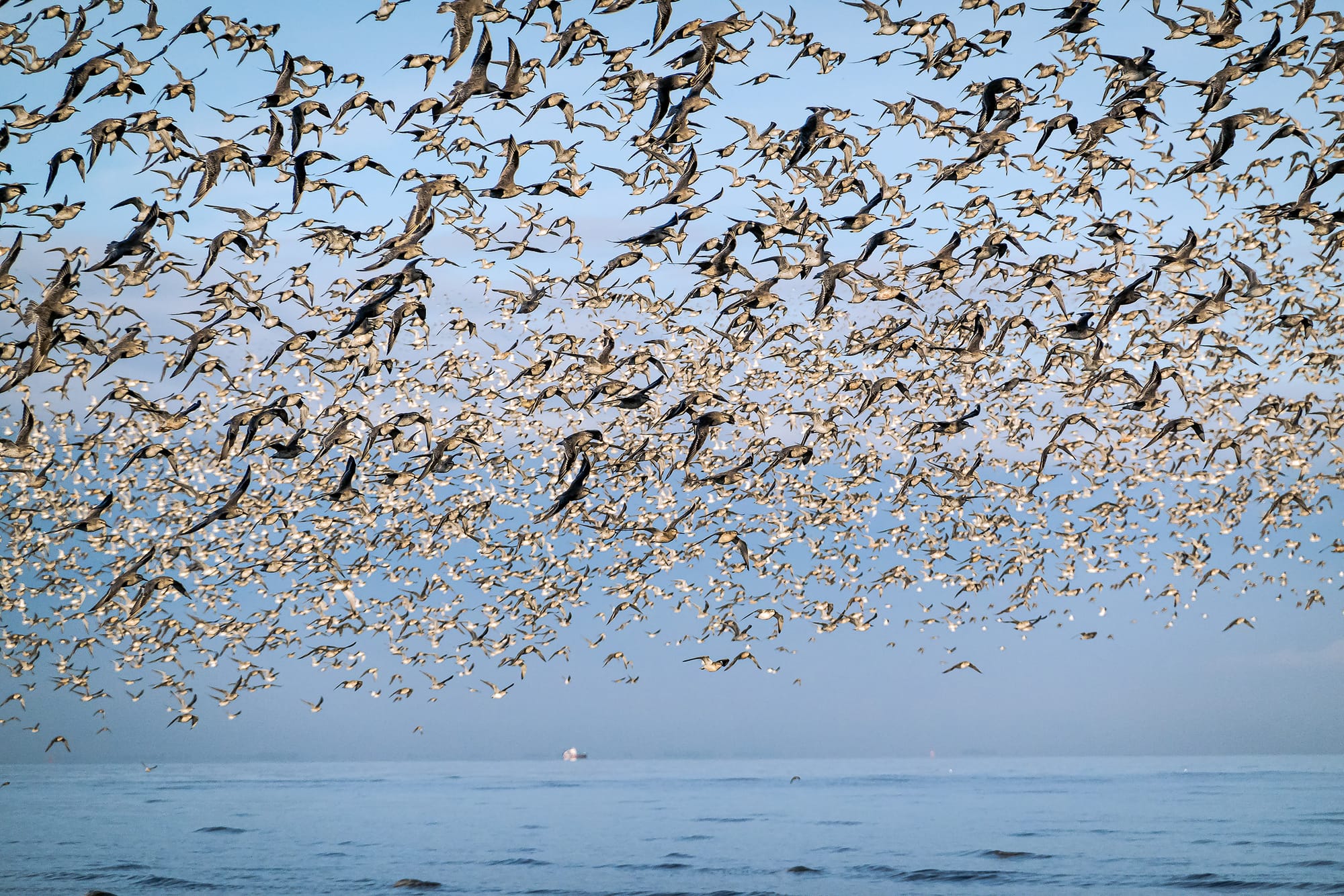
Movement and Distribution
Follow the journeys of birds across continents and oceans. This section covers the science of migration, including navigation, stopovers, flyways, and the physiological demands of long-distance travel. From seasonal shifts to daily movements, we explore how and why birds move, what influences their routes, and how tracking technologies are unveiling their remarkable journeys in greater detail than ever before.
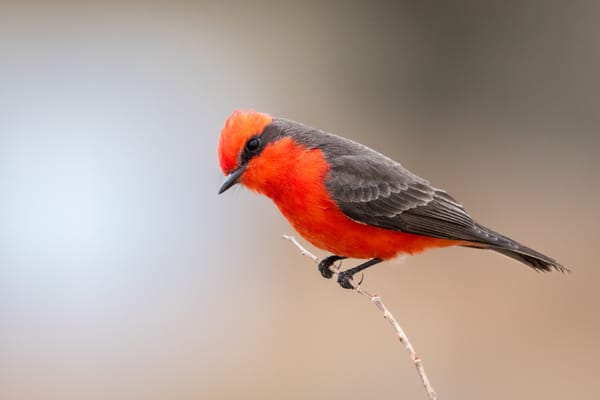
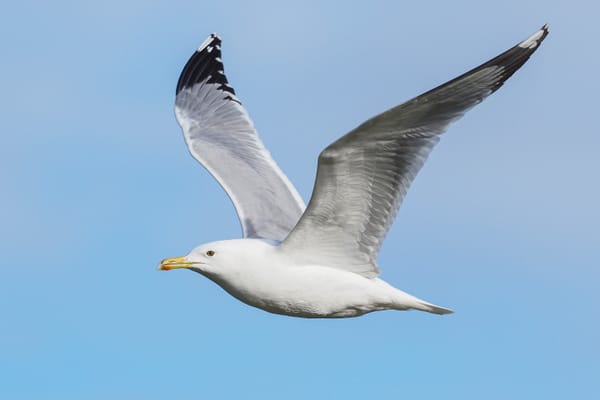
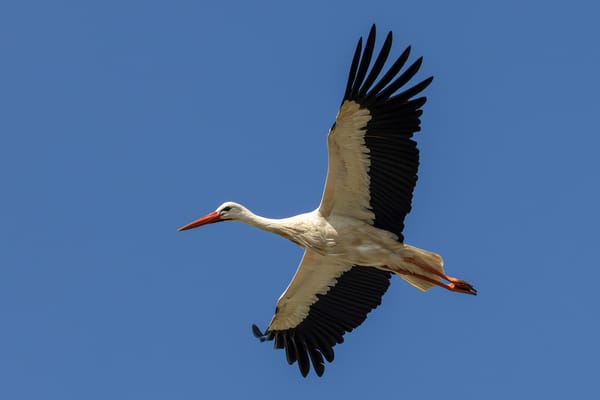
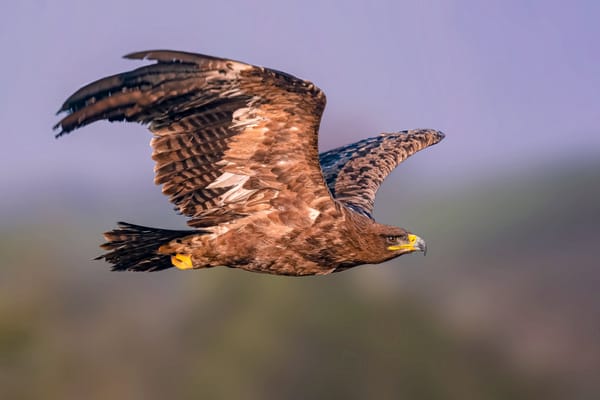
Instinct vs. Experience: Steppe Eagles Learn to Migrate Safely
A new study shows that young Steppe Eagles are drawn to human-altered landscapes during migration, while adults avoid them – revealing how instinct, experience, and learning shape survival strategies in an endangered raptor.

Gyorgy Szimuly
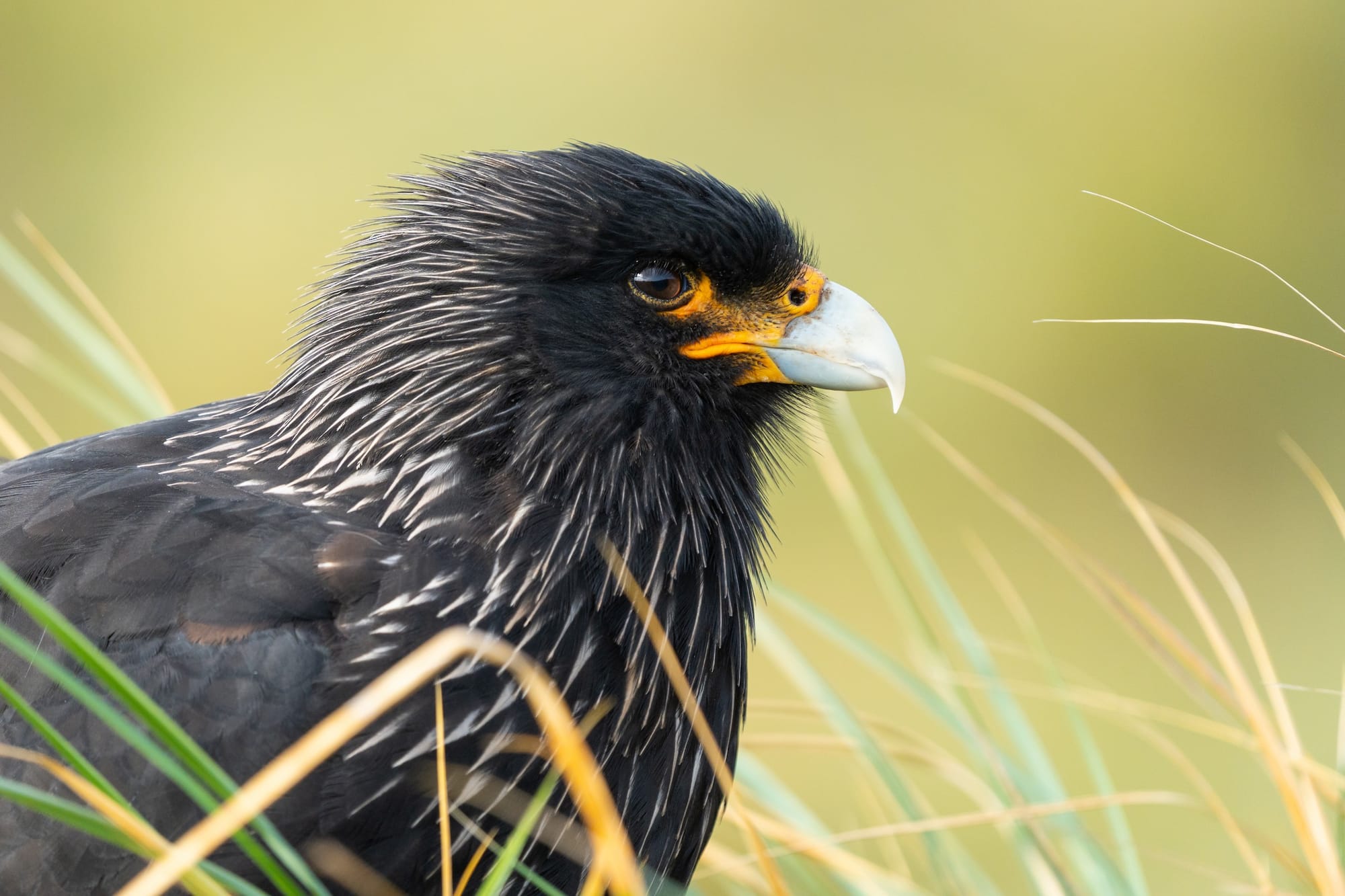
Ecology and Behaviour
Discover how birds interact with their environment and each other. This section explores habitat use, feeding strategies, social structures, breeding systems, migration patterns, and vocal communication. From territorial disputes to cooperative parenting, Ecology and Behaviour reveal the intricate ways birds adapt, survive, and thrive in a changing world. Photo by Dave Katz @tenacityinpursuit
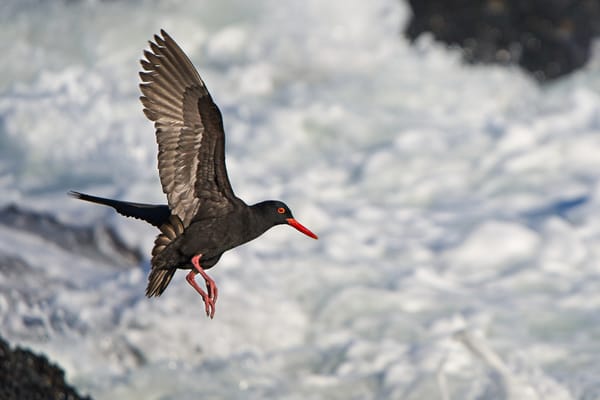
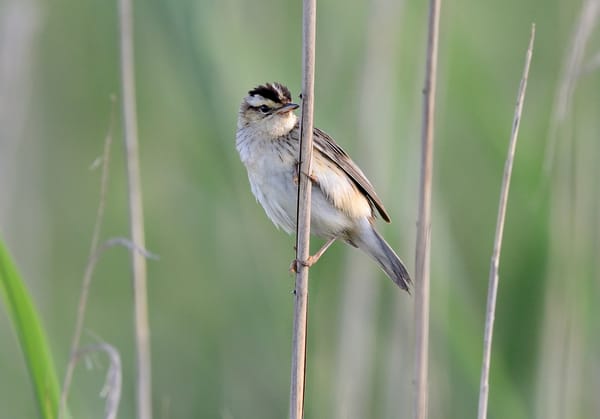
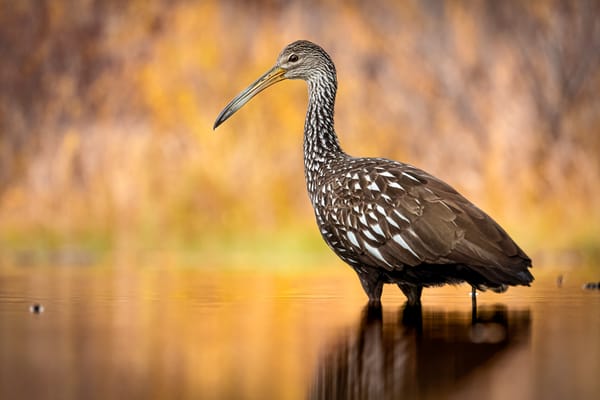

The Sanctuary in the Sidewalk: Trees Rescue Birds in Mexico’s Cities
Even in the heart of a city, a tree can be a sanctuary for birds. A new study from Mexico reveals that urban trees do far more than provide shade – they offer critical nesting and foraging habitats for native species under pressure from habitat loss elsewhere.

The Ornithologist
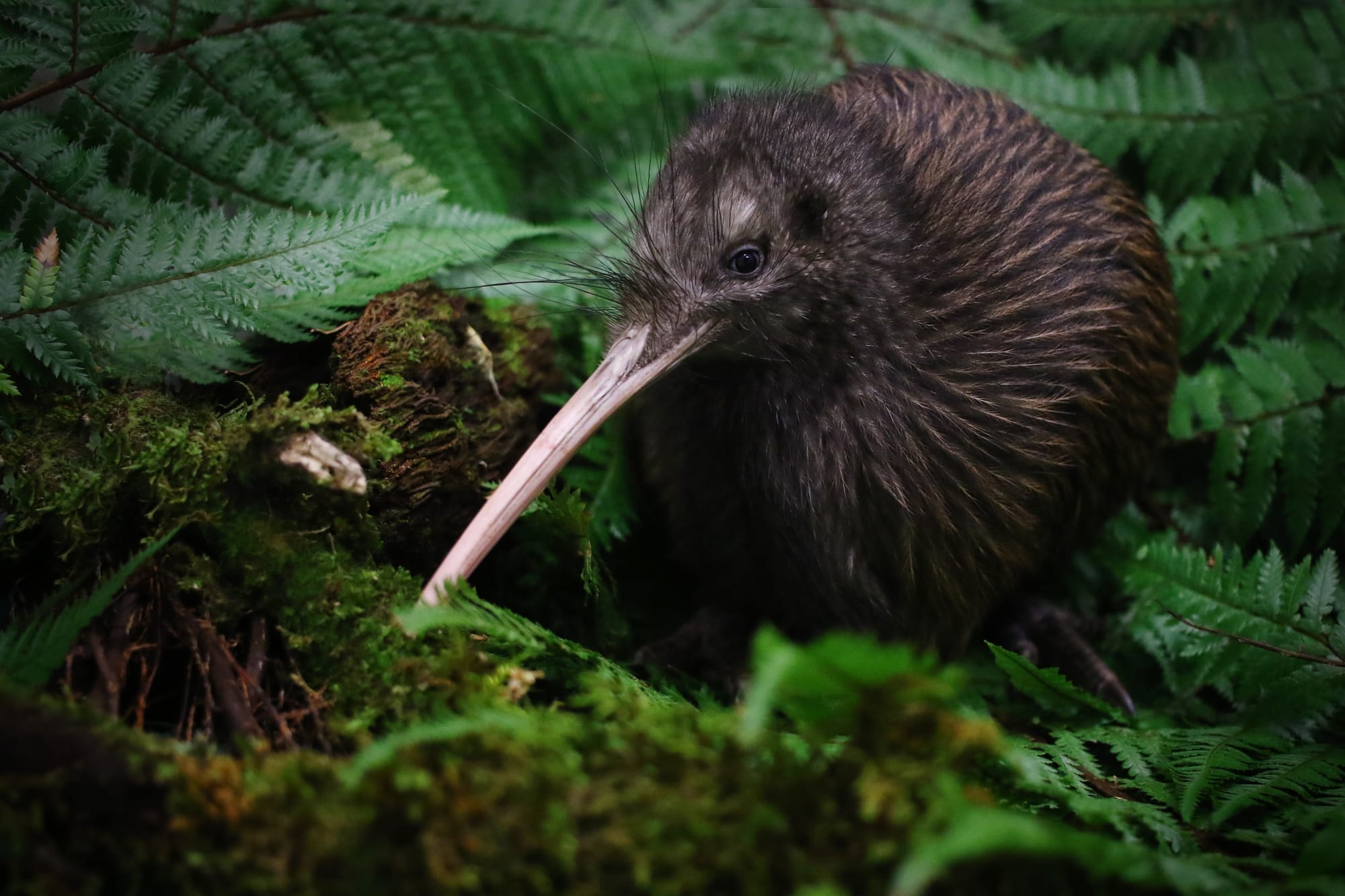
Editorial
Our Editorial section offers reflections, insights, and perspectives on the evolving world of ornithology. From thought-provoking commentaries to magazine updates, this space invites readers to engage with the broader vision and purpose behind The Ornithologist, while challenging conventions, sparking dialogue, and bridging science with society. Expect timely, honest, and occasionally provocative viewpoints. Photo by Tara Swan.
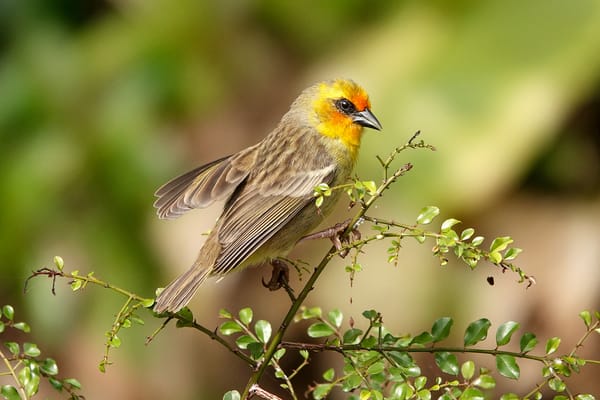
In Defence of Bird Conservation in a Broken World
When the world feels fractured beyond repair, speaking about bird conservation can sound almost indulgent. Yet in the quiet persistence of those who still care, a truth endures: to protect the living fabric of the Earth is not a luxury. It is an act of survival — and of humanity.

Gyorgy Szimuly
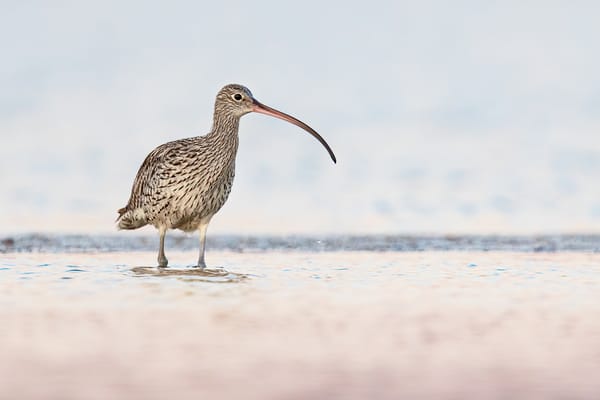
Shorebirds, one year on: what we won, what we lost, and what must come next
A year of mixed signals for shorebirds: vital site protections and clever science on one side; drying wetlands, development pressure and rising extinction risk on the other. Here’s what moved the needle — and where we urgently need to act.

Gyorgy Szimuly
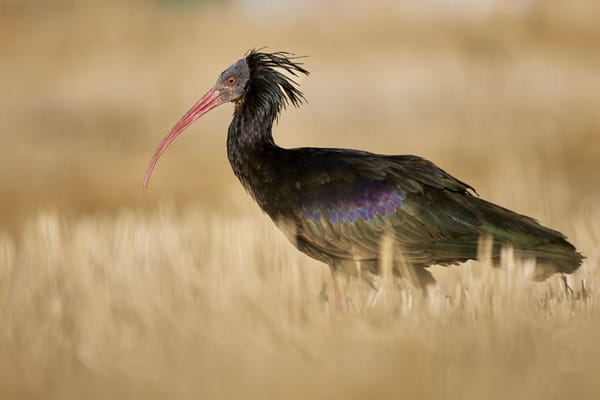
Three decades of action for migratory waterbirds – AEWA’s landmark role in turning science into cross-continental conservation
For 30 years, the African-Eurasian Waterbird Agreement has helped safeguard migratory species across continents—through rigorous science, international policy, and hands-on recovery efforts.

Gyorgy Szimuly
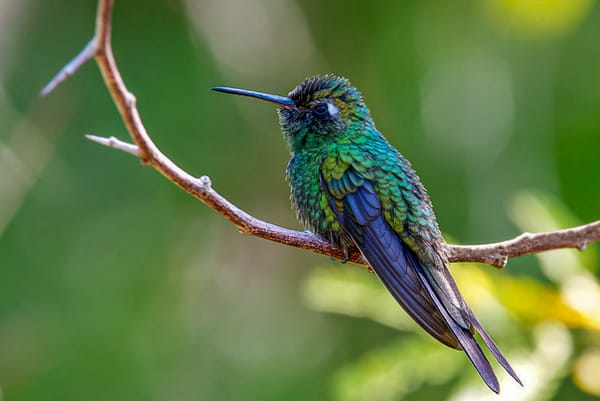
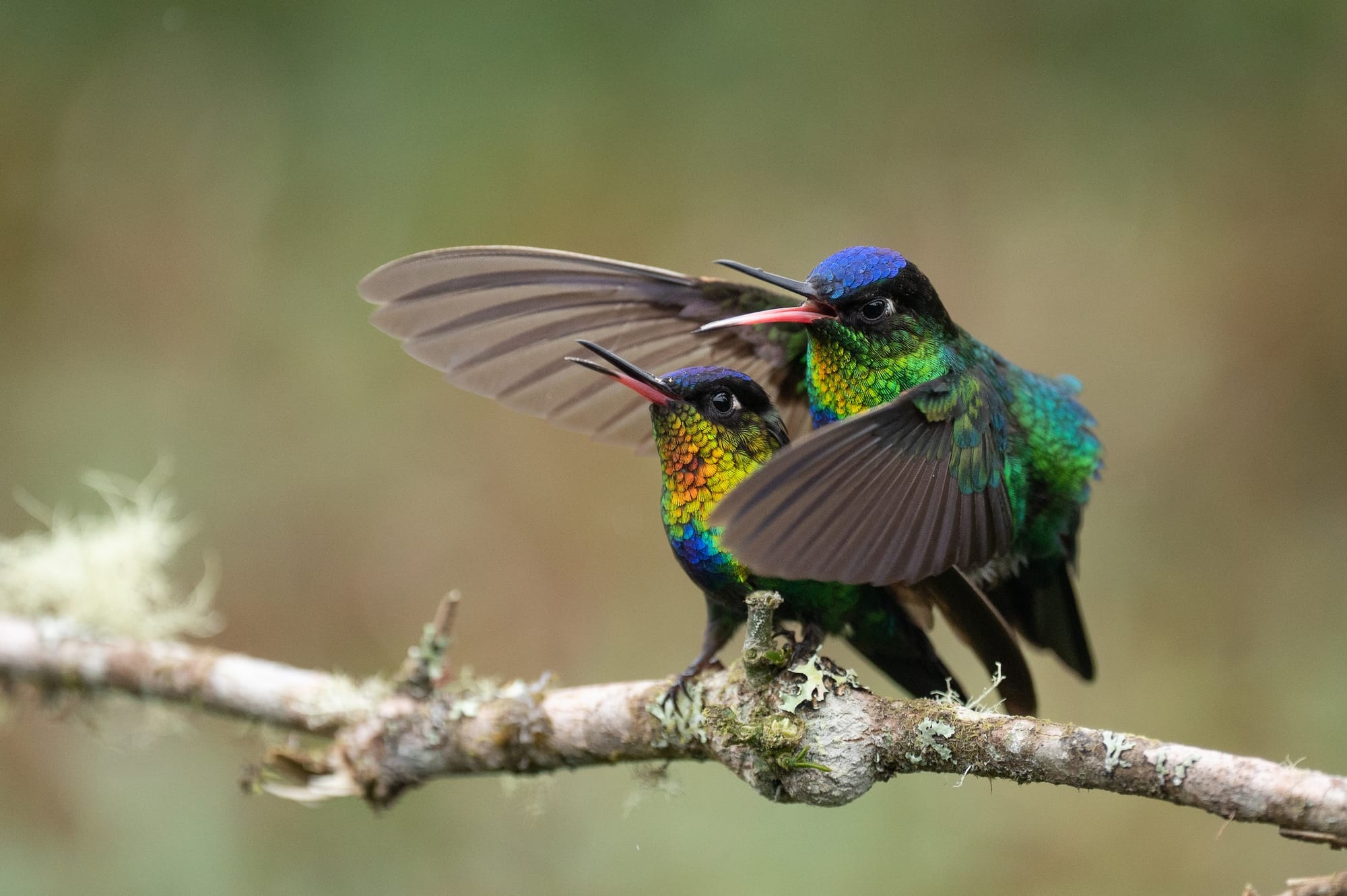
Breeding and Life-cycles
Dive into the reproductive strategies and life stages of birds — from courtship displays and nest building to egg laying, chick development, and parental care. This section explores the diverse breeding systems, seasonal cycles, and survival challenges birds face throughout their lives, offering insight into how life begins, unfolds, and is sustained in the avian world. Photo by Deborah Bifulco.
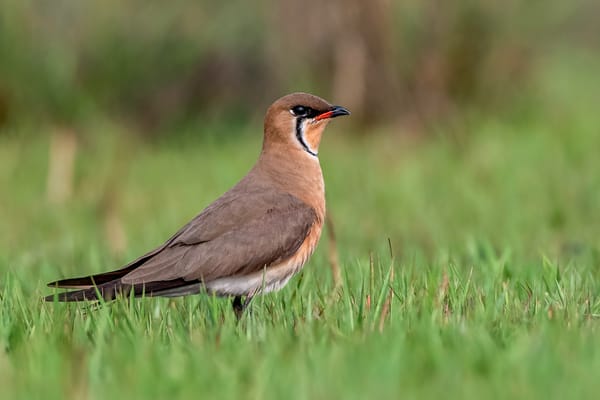
Why Wait to Grow Up? Shorebirds' Delayed Maturity Tied to Coastal Living
Shorebirds that winter along dynamic coastlines delay their first return to breed, a strategy linked not to body size, but to the behavioural demands of tidal habitats — revealing new insights into how environment shapes avian life-history timing.

Gyorgy Szimuly
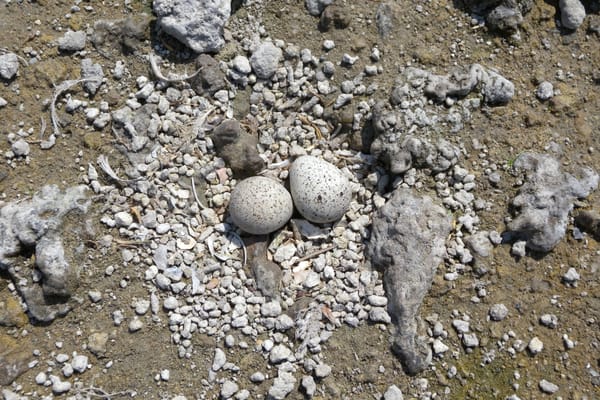
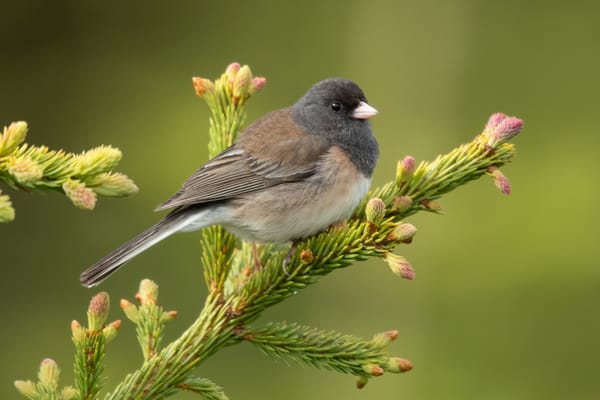
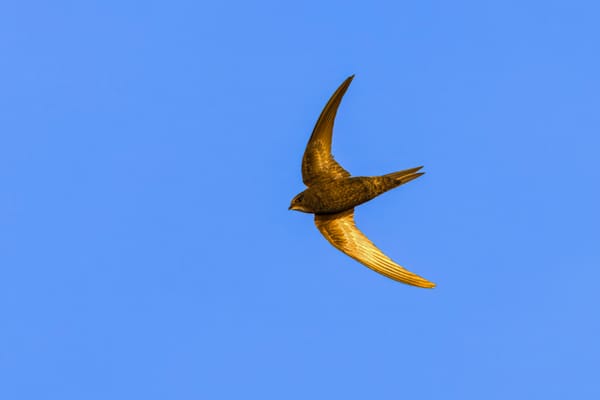
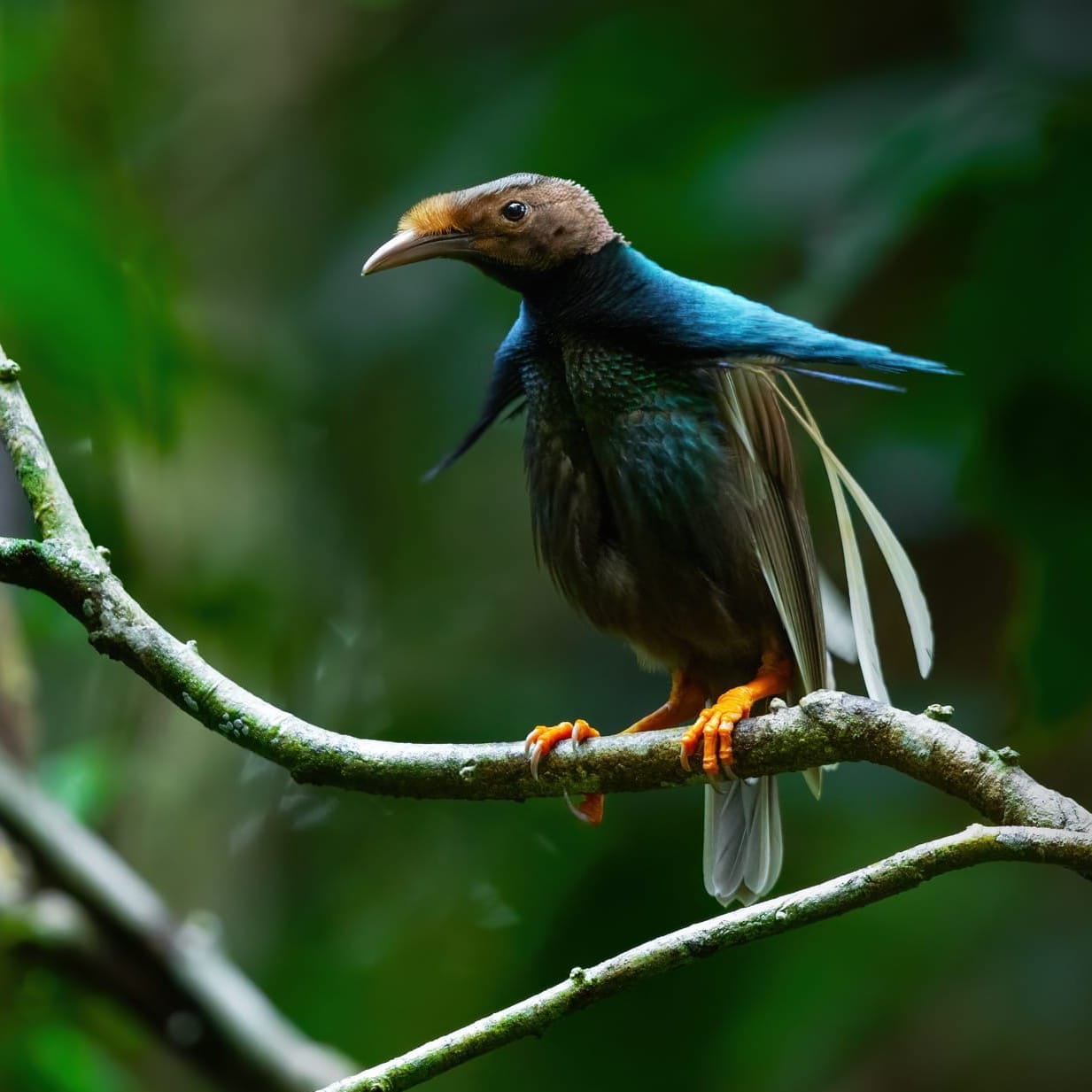
Evolution and Taxonomy
From feathers to flight, speciation to song, the Evolution section explores how birds became what they are today. We cover the latest research on avian phylogeny, genomic change, trait development, and adaptive radiations—bringing clarity to the origins and diversification of bird life across deep time. Whether it’s a newly resolved lineage or a genomic insight into migration, this is where bird evolution takes shape. Tag image credit: © John J. Harrison, All rights reserved
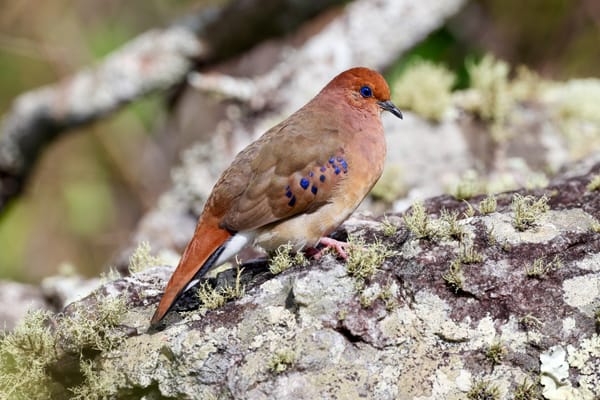
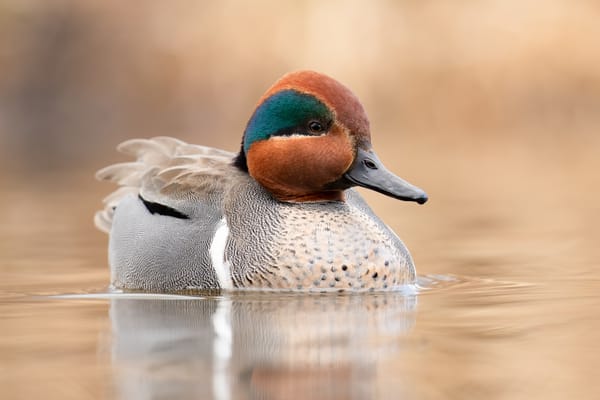
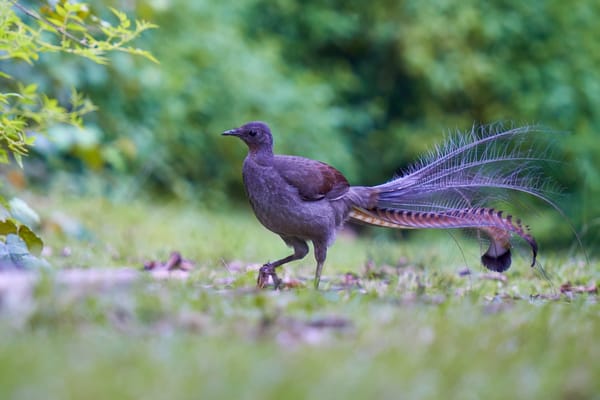
Born in Isolation: The Australian Origin of Songbirds
Oscines – true songbirds – make up nearly half of all bird species alive today. A new study confirms that their evolutionary roots trace back to Australia, offering powerful new insight into one of the greatest radiations in avian history.

The Ornithologist
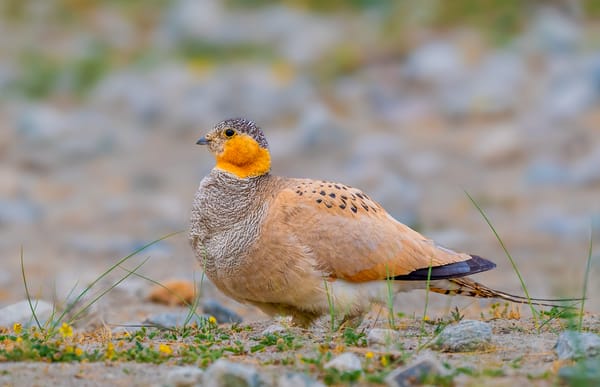
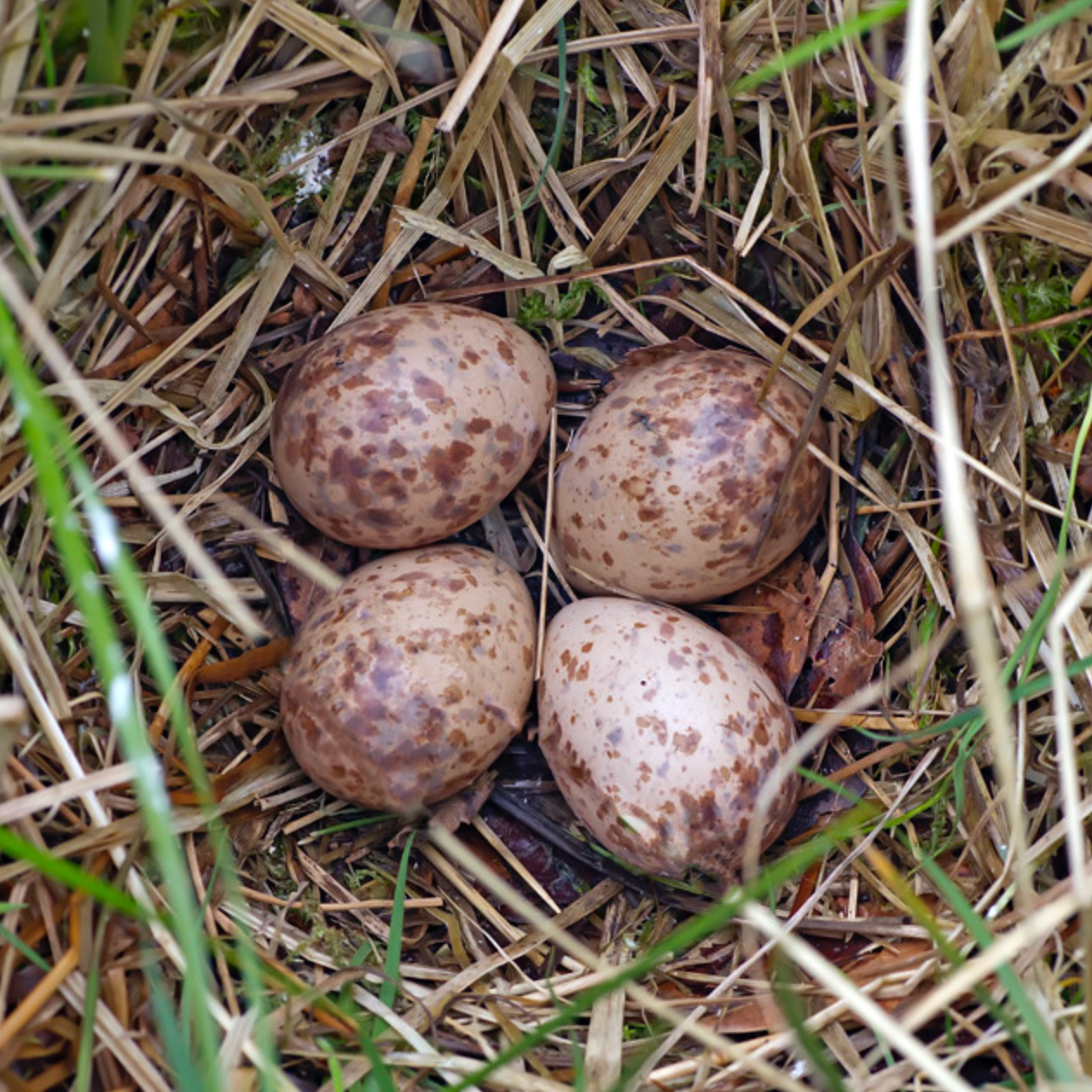
Avian Biology
Explore the inner workings of birds — from feathers and flight to metabolism and reproductive strategies. This section delves into the anatomy, physiology, and evolutionary traits that define avian life, making sense of what sets birds apart in the animal kingdom. Whether you're curious about lungs, beaks, or bone structure, Avian Biology uncovers how birds are built to thrive.
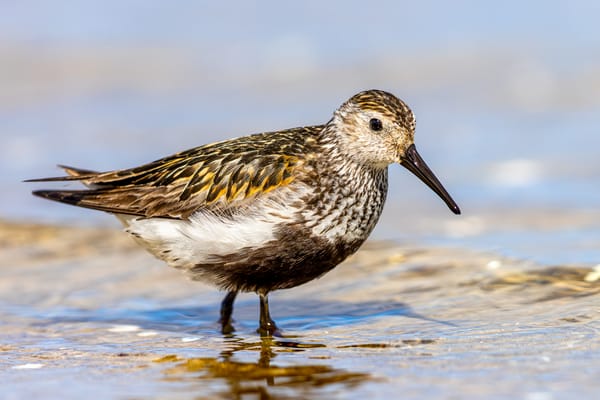
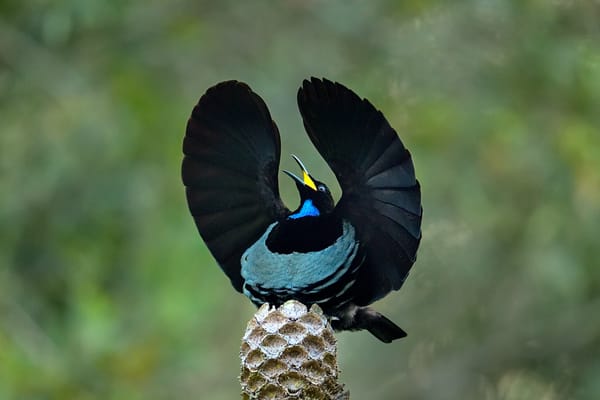
Engineering Elegance: The Paradise Riflebird As Nature’s Most Theatrical Engineer
With a wave of his wings and the snap of a feather, the Paradise Riflebird transforms the rainforest floor into a stage. Recent research reveals that this avian dancer doesn’t just display beauty – it performs biomechanics at its evolutionary peak.

The Ornithologist
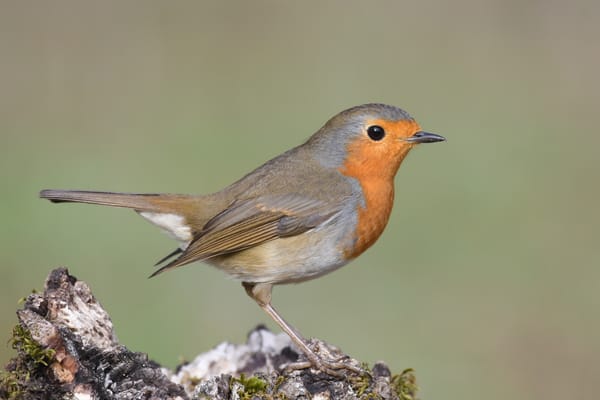
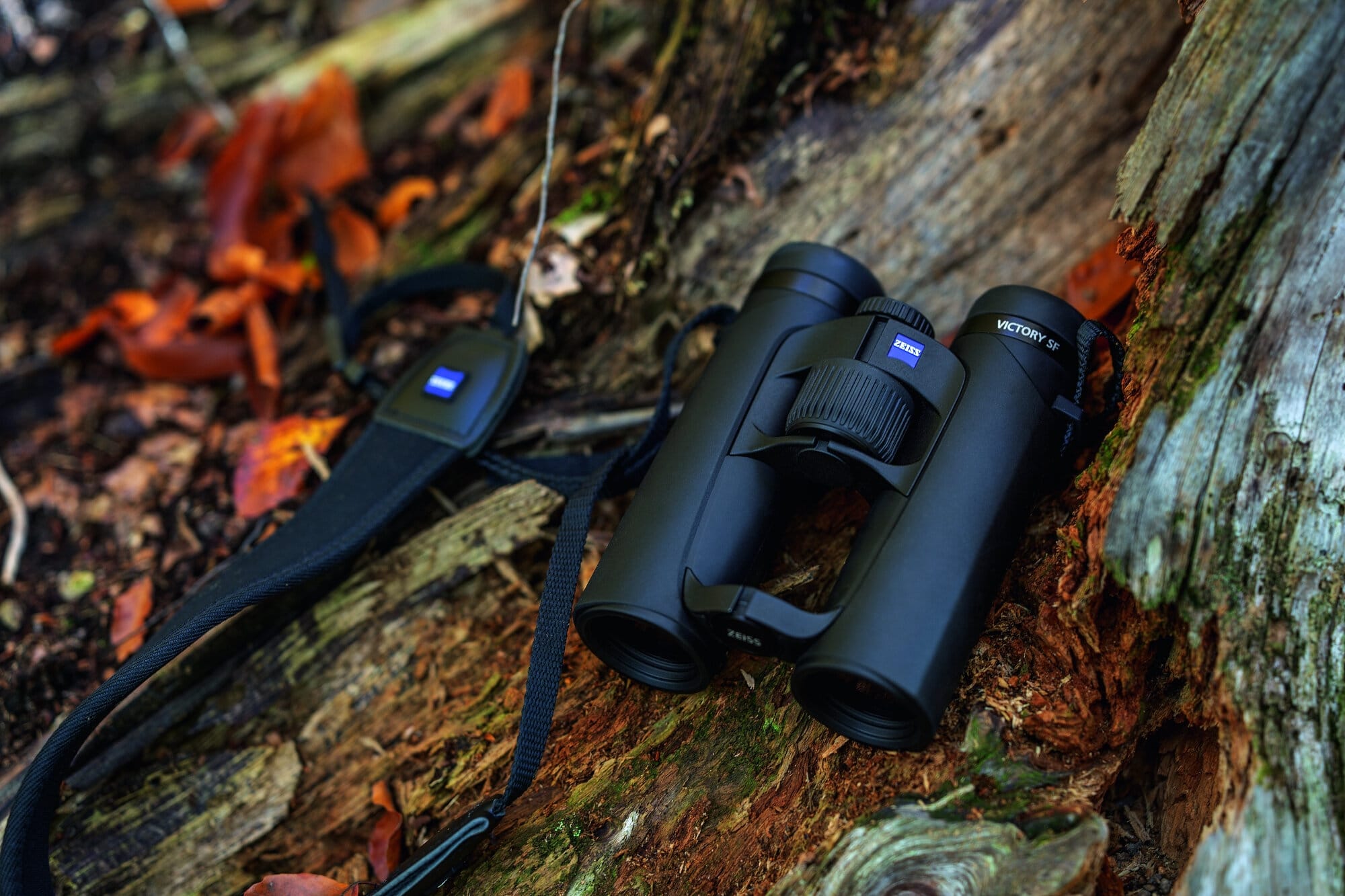
Fieldwork and Technology
Explore the evolving world of bird research from the ground up. The Fieldwork section highlights methodologies, tools, and real-world challenges of studying birds in the wild—from survey techniques and equipment to field ethics and innovation. Whether you’re a seasoned researcher or an aspiring observer, this is where practice meets purpose in the open air.
